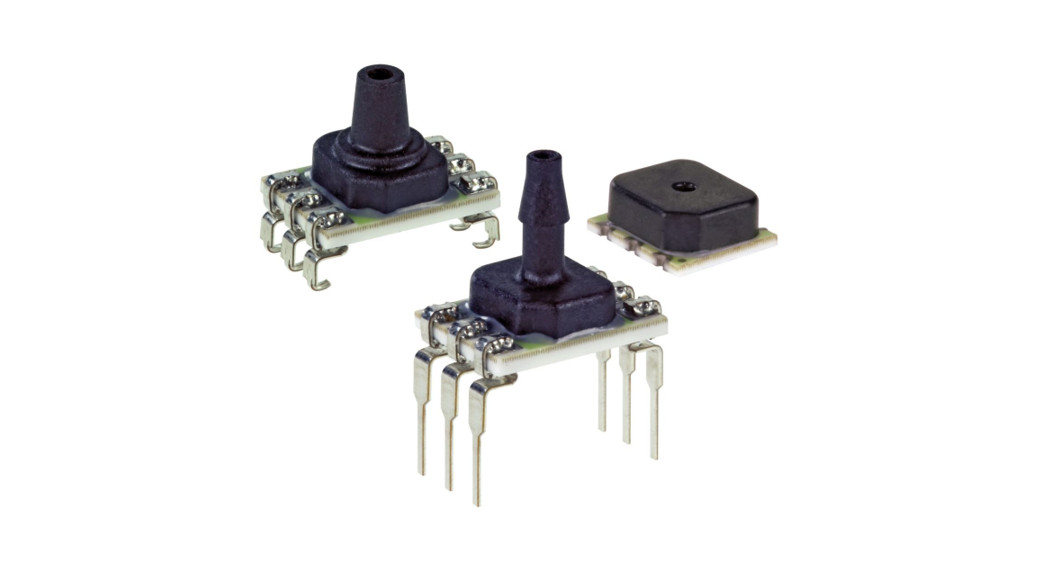
Basic Board Mount Pressure Sensors
TBP Series, Compensated/Unamplified NBP Series, Uncompensated/Unamplified 60 mbar to 10 bar | 6 kPa to 1 MPa |1 psi to 150 psi
An Application Note
BackgroundHoneywell’s Basic Board Mount Pressure Sensors, TBP Series, Compensated/Unamplified, and NBP Series, Uncompensated/Unamplified, are piezoresistive silicon pressure sensors designed for customers who require a simple, cost-effective, mV output, unamplified, high quality, high resolution solution for medical and industrial applications.
Solutions
POTENTIAL MEDICAL APPLICATIONS
Wound Therapy (See Figure 1)
Description: Wounds may be caused by burns, ulcers, surgery, accidents, or pressure sores (e.g., bedsores). Physicians may use negative-pressure wound therapy (NPWT) to promote healing by creating controlled negative pressure over the wound, helping to promote healing.
Function in application: May be used to monitor the pressure applied to the wound via the suction system.
Customer benefits: Maintains proper level of pressure so that the firmness can be controlled regardless of the patient’s weight. The proper control of the pressure improves patient comfort. Additionally, by helping to facilitate alternating the pressure in the different zones of the mattress, the incidence of bedsores can be reduced. It has been found that by creating different zones in the bed and by alternating the pressure in the various zones, the pressure points experienced by the patient can be varied, which helps prevent bedsores in patients that use the bed for extended use.
Figure 1. Wound Therapy

Photo used with permission of SunMED Medical Systems.
Hospital Beds (See Figure 2Description: A hospital bed is designed to be adjustable for patients to ease comfort and to provide patient accessibility by physicians and the nursing staff. The air mattress bed style is generally intended for long-term use by the patient.
Function in application: May be used to monitor the air pressure in the bed so that the desired firmness can be controlled.
Customer benefits: Maintains proper level of pressure so that the firmness can be controlled regardless of the patient’s weight. The proper control of the pressure improves patient comfort. Additionally, by helping to facilitate alternating the pressure in the different zones of the mattress, the incidence of bedsores can be reduced. It has been found that by creating different zones in the bed and by alternating the pressure in the various zones, the pressure points experienced by the patient can be varied, which helps prevent bedsores in patients that use the bed for extended use.
Figure 2. Hospital Bed
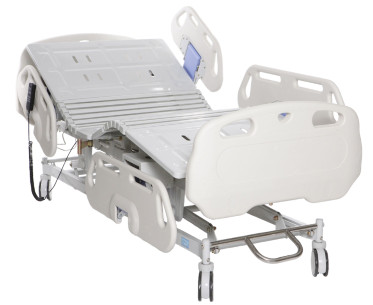 Oxygen Concentrators (See Figure 3)Description: An oxygen concentrator reduces the amount of nitrogen in the air, thereby increasing the oxygen level delivered to the patient. Oxygen concentrators are used with patients, such as those with lung disease, who have difficulty absorbing oxygen into the blood stream.Figure 1. Wound TherapyPhoto used with permission of SunMED Medical Systems.
Oxygen Concentrators (See Figure 3)Description: An oxygen concentrator reduces the amount of nitrogen in the air, thereby increasing the oxygen level delivered to the patient. Oxygen concentrators are used with patients, such as those with lung disease, who have difficulty absorbing oxygen into the blood stream.Figure 1. Wound TherapyPhoto used with permission of SunMED Medical Systems.
Function in application: May be used to monitor the pressure internally in the sieve bed so that the sieve bed can generate the required oxygen levels to the patient. Air is comprised mostly of nitrogen (78%) and approximately 21% oxygen. By removing the nitrogen from the air, the concentration of oxygen is significantly increased. There are two sieve beds with zeolite materials that are pressurized with air. By pressurizing the air, the zeolite sieve bed absorbs the nitrogen. The higher the pressure, the more nitrogen is absorbed by the bed, thereby providing a higher concentration of oxygen to the patient. May also be used to detect when the patient begins to inhale so that oxygen can then be delivered efficiently and effectively.
Customer benefits: Controlling the pressure in the sieve bed helps control the concentration of oxygen in the air for the patient. The use of a pressure sensor to monitor when the patient begins to inhale helps to enhance system response time and minimize wasting oxygen when the patient isn’t inhaling. This allows the oxygen concentrator to be smaller and to operate more efficiently. Smaller equipment size also means lower power consumption, as well as greater portability.
Figure 3. Oxygen Concentrator
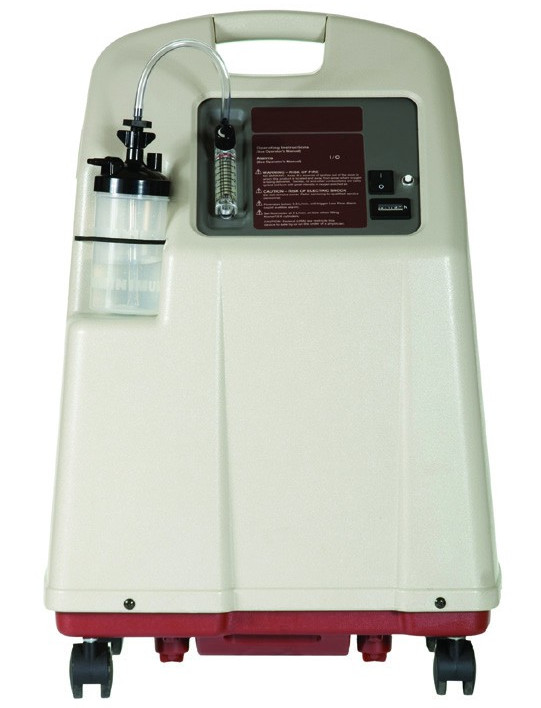
POTENTIAL INDUSTRIAL APPLICATIONS
HVAC Transmitters (See Figure 4)
Description: Many buildings do not have HVAC system controls in all sections of the building. Instead, transmitters are used in a particular branch of the system so the HVAC master controller can adjust its airflow delivery to those different branches based on information the transmitters send to the HVAC master controller.
Function in application: Can be positioned in outlying areas of the building to provide precise airflow pressure sensing.
Customer benefits: Cost-effective: Reduces system costs by eliminating the need for multiple HVAC system controllers.
Figure 4. Honeywell Transmitter
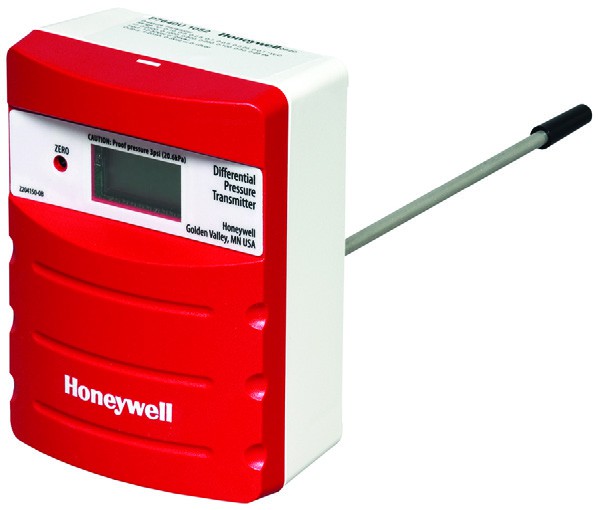
POTENTIAL CONSUMER APPLIANCE APPLICATIONS
Expresso Coffee Machines (See Figure 5)
Description: Making espresso is only one part of this machine’s function. Equally important is producing the hot, richly-textured milk used to make cappuccinos and lattes. To achieve this, these machines need steam, which requires boiling water not used in coffee production (coffee brews best at temperatures of 90°C to 96°C, well below the boiling point of water (100°C).
Function in application: May be used to measure the steam pressure. The pressure sensor can monitor the brewing pressure either in the coldwater piping, where the sensor is connected to the pump outlet or in the hot water piping, behind the boiler (closer to the end-product). The sensor is connected to the power source, where the system pressure change will result in the output signal (voltage) change.Customer benefits: Small size and lower cost enables integration into smaller/compact machines. Food safety certification for North America, Europe, and Asia.
Figure 5. Expresso Coffee Machine
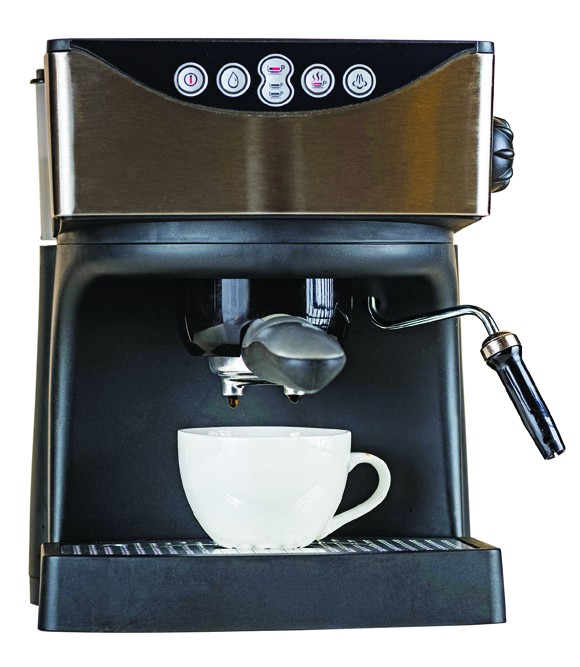
APPLICATION NOTE | TBP Series and NBP Series Board Mount Pressure Sensors | sps.honeywell.com/ast
Features and Benefits for the Basic Board Mount Pressure Sensors: TBP Series, Compensated/Unamplified, NBP Series, Uncompensated/ Unamplified
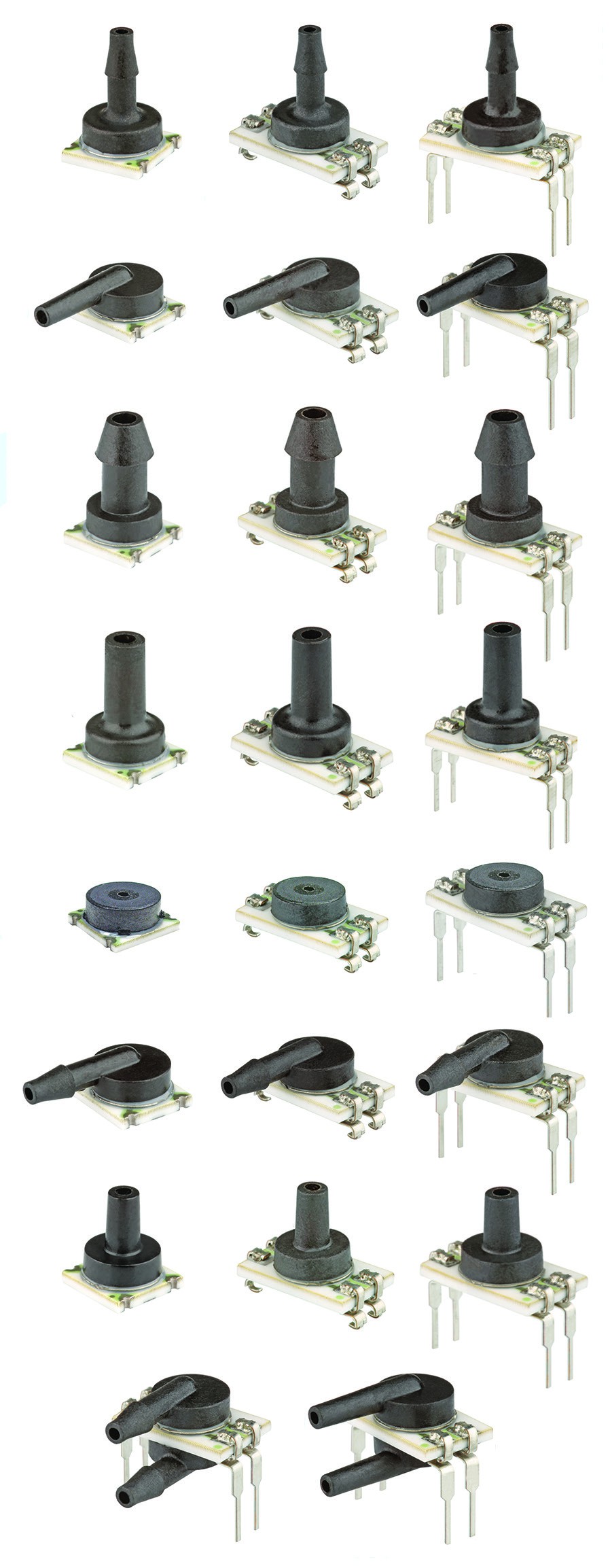
- Cost-effective sensors with many options: Helps customers to meet their specific application needs.
- Small package size: 7 mm x 7 mm [0.276 in x 0.276 in]: Very small when compared to most board mount pressure sensors, occupying less space on the PCB (printed circuit board) and typically allowing for easy placement on crowded PCBs or in small devices.
- Wide operating temperature range of -40°C to 125°C [-40°F to 257°F]: Allows use in many applications.
- Media compatibility options:
- No gel coating in media path: Input port is limited to noncorrosive, non-ionic media such as dry air and gases and should not be exposed to condensation; gases are limited to media that are compatible with high temperature polyamide, silicone, alumina ceramic, silicon, gold and glass.
- Silicone gel coating in media path: Uses the same materials in the wetted media path but is protected from condensation by a silicone-based gel coating; allows for use in applications where condensation can occur.
- Food safety certifications:
- NSF-169
- BPA Free
- LFGB
- ROHS AND ISO 9001 compliance
- Many package styles, pressure ranges, silicone gel coating and porting options: Simplifies integration into the device manufacturer’s application.
- Supports lean manufacturing:
- J-STD-020-D MSL 1 unlimited shelf life after packaging is opened.
- System can be calibrated within one hour after reflow solder.
- Compatible with modern lead-free and no-clean solder processes.
- Manufacturing excellence: Honeywell has more than 100 years of manufacturing and engineering excellence
- Reliable supply chain: Honeywell’s effective inventory management and dependable supply chain are there throughout your product life cycle.
- Designed to Six Sigma standards: Six Sigma standards provide the highest level of product quality, performance and consistency. Six Sigma provides confidence that the sensor will perform to specification. Many competitive products are produced to lower Sigma tolerances, which may result in some products not performing to the specification to which they were designed.
- Supporting documentation: Honeywell’s Web site provides technical materials to assist you in your application needs.
Warranty/Remedy
Honeywell warrants goods of its manufacture as being free of defective materials and faulty workmanship during the applicable warranty period. Honeywell’s standard product warranty applies unless agreed to otherwise by Honeywell in writing; please refer to your order acknowledgment or consult your local sales office for specific warranty details. If warranted goods are returned to Honeywell during the period of coverage, Honeywell will repair or replace, at its option, without charge those items that Honeywell, in its sole discretion, finds defective. The foregoing is buyer’s sole remedy and is in lieu of all other warranties, expressed or implied, including those of merchantability and fitness for a particular purpose. In no event shall Honeywell be liable for consequential, special, or indirect damages.While Honeywell may provide application assistance personally, through our literature and the Honeywell web site, it is buyer’s sole responsibility to determine the suitability of the product in the application.Specifications may change without notice. The information we supply is believed to be accurate and reliable as of this writing. However, Honeywell assumes no responsibility for its use.
For more informationHoneywell Advanced Sensing Technologies services its customers through a worldwide network of sales offices and distributors. For application assistance, current specifications, pricing or the nearest Authorized Distributor, visit our website or call:Asia Pacific +65 6355-2828Europe +44 (0) 1698 481481USA/Canada +1-800-537-6945
Honeywell Advanced Sensing Technologies830 East Arapaho RoadRichardson, TX 75081sps.honeywell.com/ast
008244-5-EN | 5 | 05/21© 2021 Honeywell International Inc
References
[xyz-ips snippet=”download-snippet”]

